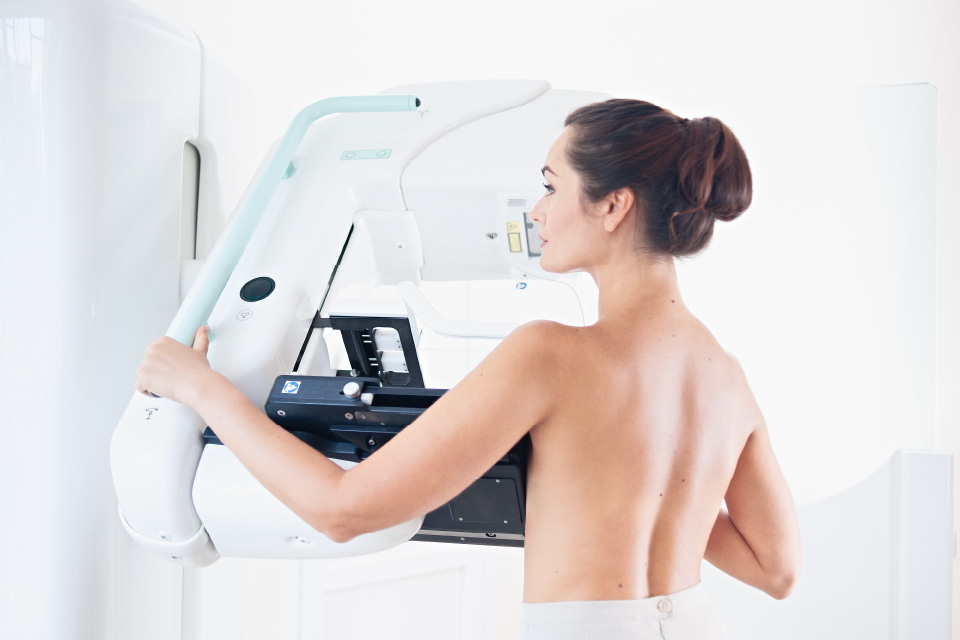
Mammogram Myths and Realities
It is common knowledge that breast cancer is one of the main causes of death in women.
Thanks to the emergence of new diagnostic methods and specific training of professionals in this area, at present most breast cancers are detected in very early stages when they are easy to treat.
- Mammography is a radiological study that helps us detect lesions that might become high-risk for cancer or be cancers in early stages, when they only manifest as microscopic calcium grains (microcalcifications) with certain characteristics that lead us to suspect they may be malignant.
- There are many types of mammography, but the ones currently recommended hopefully have digital tomosynthesis that permits 3-D evaluation of the breast, an excellent technology for women with extremely dense breast tissue where high-risk lesions may not be noticed.
- It is important to emphasize that not all microcalcifications are indications of cancer, only certain ones that have very particular characteristics.
- The importance of mammography lies in the fact that this screening method has been influential in reducing the risk of death from breast cancer in all age groups, but primarily from 50 to 70 years of age.
- Due to the above, and following the guidelines of highly prestigious hospitals, all women aged 40 and older should get mammograms. It is important to clarify that women under the age of 40 can also be screened if they have increased risk factors for breast cancer or something that clinically suggests a screening is merited.
- You should get mammograms done somewhere that has good equipment as well as specialized breast radiologists, since the diagnostic capacity of both improves detection of lesions in initial stages.
- Several mammograms can be done in one year; the radiation dose for a mammogram is extremely low. Ask your specialist if this is merited.
- The importance of the scan is that you don’t have to wait for a lump to appear in your breast to do it, since when there is a lump it would be in a more advanced stage if it were cancer. Here is where getting a mammogram in time could detect a lesion even when it isn’t a lump, and here is where this scan has improved patient survival.
- Our hospital has several of these 3-D mammogram machines at its various clinics, such as in Lindora, Plaza del Sol, San José, and San Carlos. Better still, we have radiologists specializing in breast mammograms who can help help with this detection. We also have surgeons specializing in senology who, like me, are exclusively dedicated to breast cancer surgery and management and breast problems in general.
- Finally, the message you need to remember is that A MAMMOGRAM IN TIME could save your life. At Hospital Metropolitano Lindora we have a specialized professional team to provide you with this help.

Dr. Alvaro Peña Jimenez Senologo
Cancer and Hematology Center, Hospital Metropolitano Lindora
+506 4035-1212 ext 1702/1703
+506 2521-9595
+506 70812953